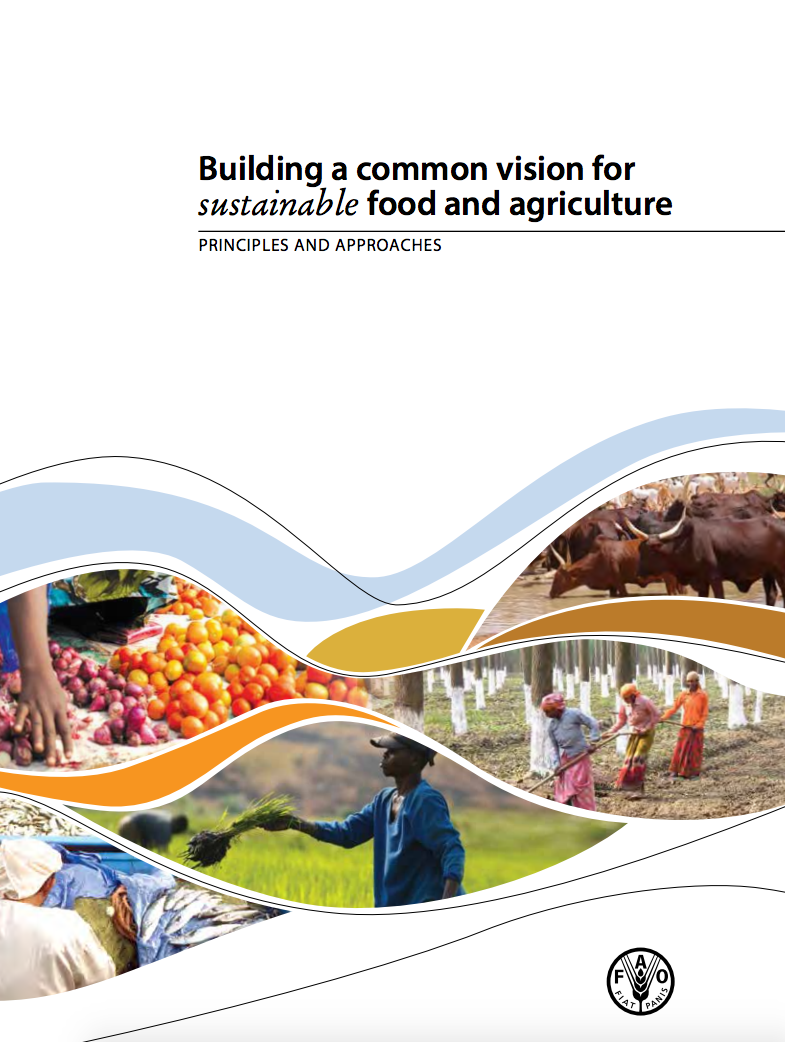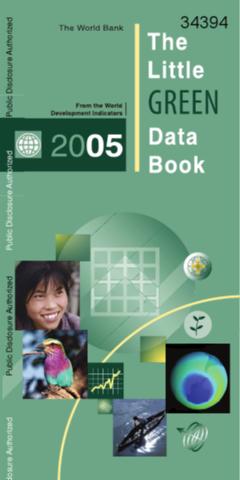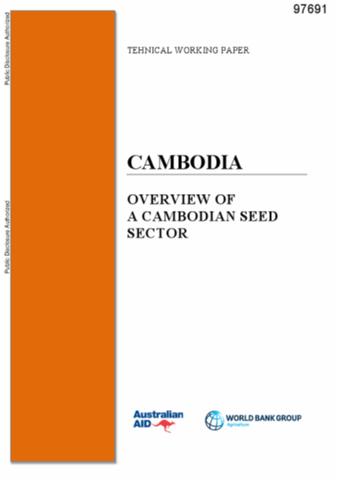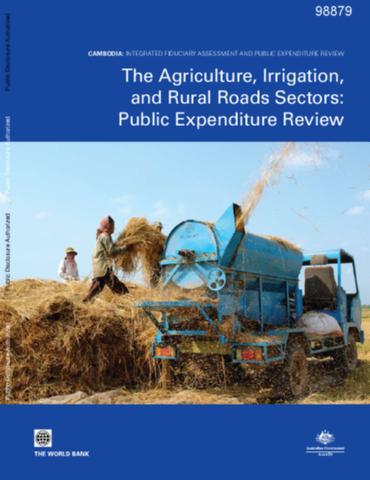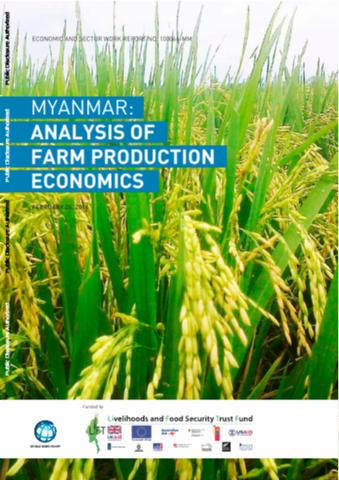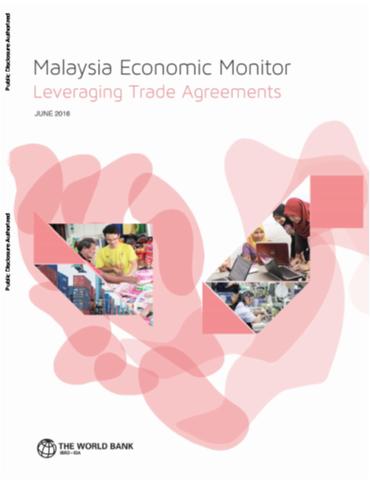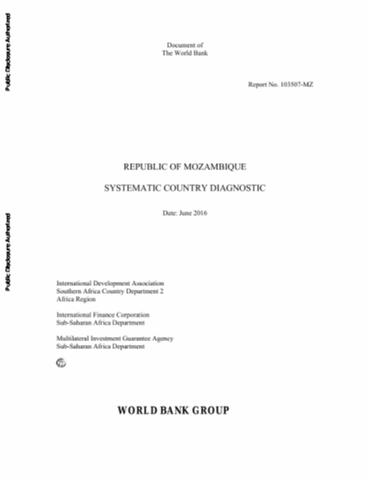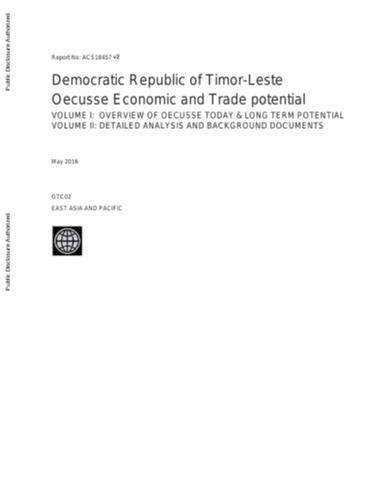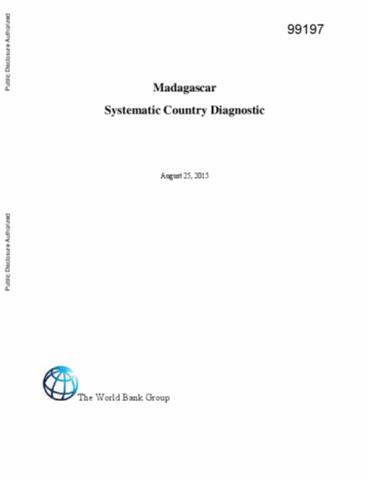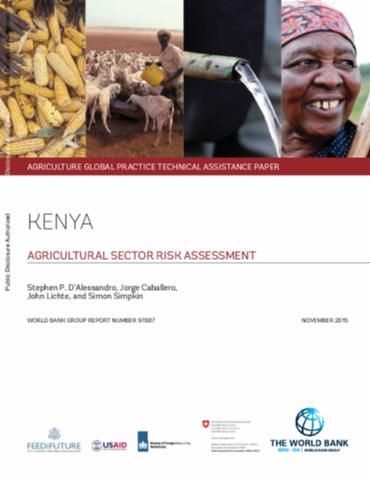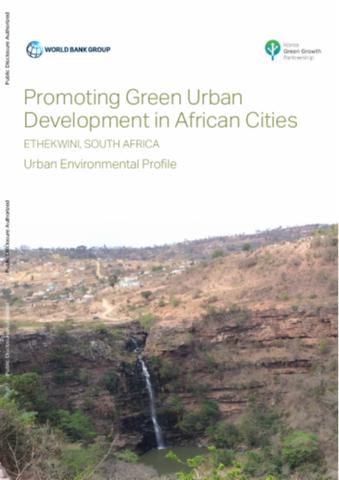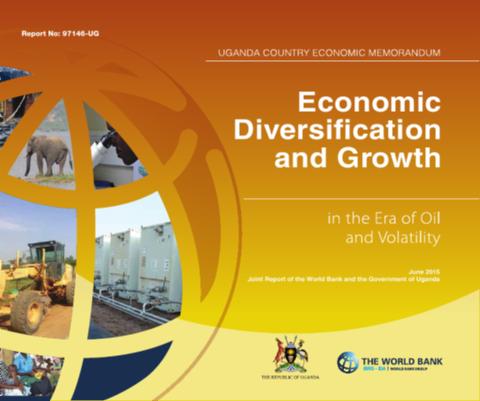Building a common vision for sustainable food and agriculture
Over the coming 35 years, agriculture will face an unprecedented confluence of pressures, including a 30 percent increase in the global population, intensifying competition for increasingly scarce land, water and energy resources, and the existential threat of climate change. To provide for a population projected to reach 9.3 billion in 2050 and support changing dietary patterns, estimates are that food production will need to increase from the current 8.4 billion tonnes to almost 13.5 billion tonnes a year.

